Flagship Species
The protected area is composed of different ecosystems such as dense dry forests, continental and marine wetlands and mangroves.
The fauna and flora of CMK is very rich with many endemic species of birds, bats, fish and lemurs.
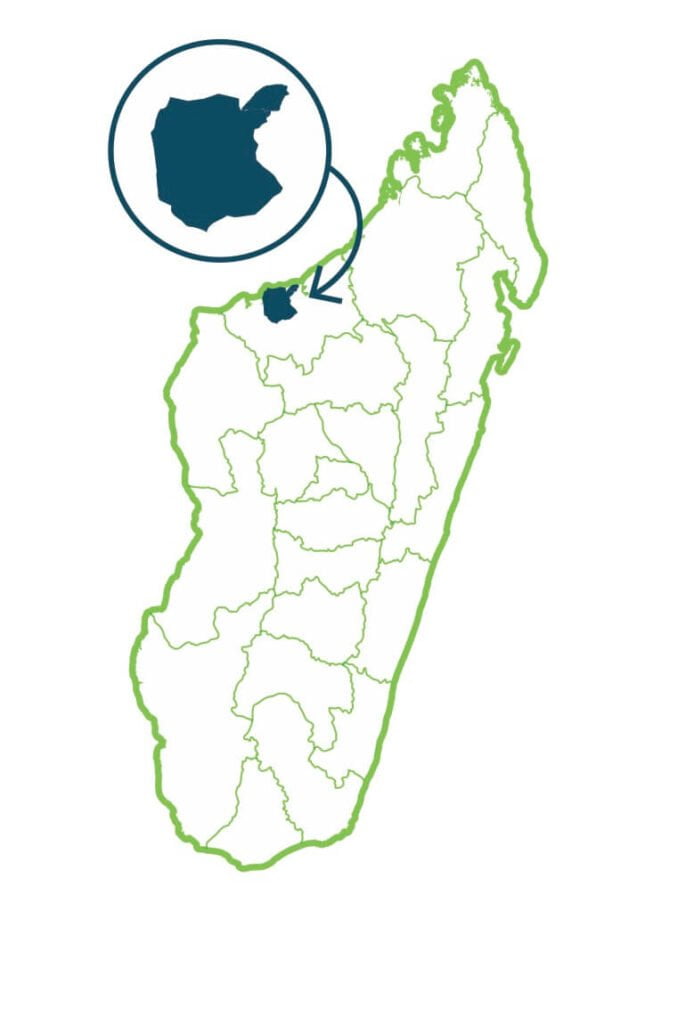
The protected area is composed of different ecosystems such as dense dry forests, continental and marine wetlands and mangroves.
The fauna and flora of CMK is very rich with many endemic species of birds, bats, fish and lemurs.

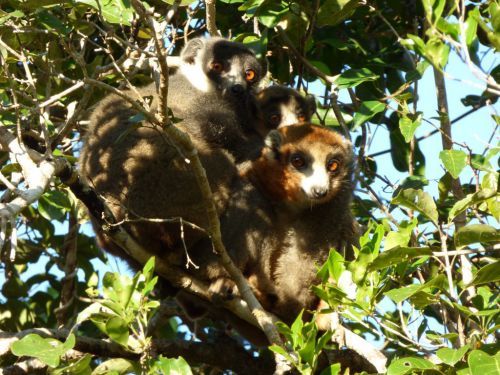
7 species
2 classified as critically endangered and 1 vulnerable in the IUCN Red List
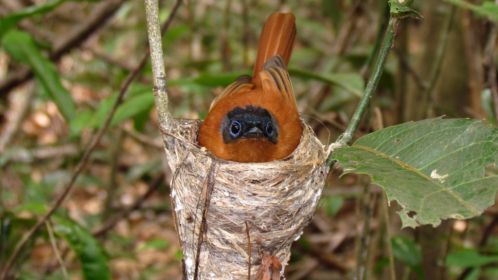
128 species
1 critically endangered (the Madagascar eagle or “ankoay”), 6 endangered (among which the glareola and the Malagasy grebe) and 2 vulnerable (among which the Malagasy glareola)
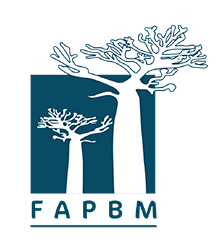
27 species
1 species of freshwater turtle classified as Critically Endangered on the IUCN Red List (the “rere”)





6 species





10 species
1 classified as vulnerable on the IUCN Red List, namely the Madagascar flying fox





141 species
115 endemic to Madagascar (82%) among which 3 classified as endangered and 2 vulnerable 4 local endemics (3%) including 1 species classified as Critically Endangered and 1 endangered on the IUCN Red List


Marambitsy and Boeny bays, Lake Kinkony, wetlands and the Mahavavy River; dense dry forest, riparian forest, mangroves, swamp forests, secondary grasslands Fun facts: The PA is home to several “doany” sacred sites.


Intensive freshwater fishing with illegal nets, rice cultivation on the lake shore, conversion of swamps to paddy fields, flushing, bush fires, slash-and-burn agriculture, illegal logging (forest and mangrove), overfishing in mangroves, invasive species in the lakes and swamps, silting and sloughing, charcoal production, collection of by-products, mining activities, climate change.
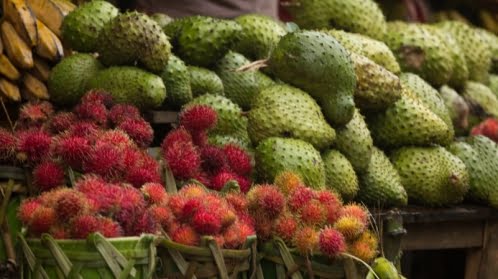

The mangrove is an economically important area in the Mahavavy Kinkony Complex because of its productivity in shrimp, crabs and fish.The communities near the mouths (Ampitsopitsoka, Antsakoamanera, Andolomikopaka, Boeny Ampasy and Boeny-Aranta) live on seafood and mangroves. The protected area also provides the population with drinking water . The potentiality in raffia craftwork is important. Development activities and promotion of handicrafts have been implemented as IGAs with local women's associations. The products of this craft are currently sold in Mahajanga stores.
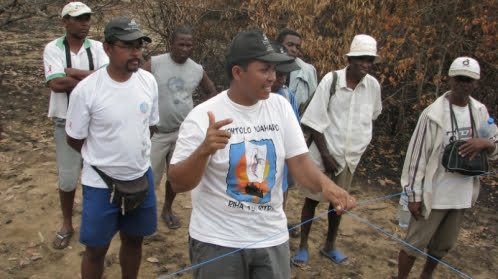

The CMK is co-managed by Asity Madagascar and the local conservation platform MMZ or Marambitsy Miahy ny Zavaboary. The objective of co-management is to strengthen the community management of the area in order to ensure the sustainability of the protected area with a view to improving their living conditions and the conservation of biodiversity.
The Complex was initially identified by the IBAMA project as an Area of Importance for Bird Conservation (IBA) in Madagascar in 2000. BirdLife International then started a conservation program there in 2003. The site was granted temporary protected area status in 2007. BirdLife’s conservation actions on this site have been relayed by Asity Madagascar since 2008.
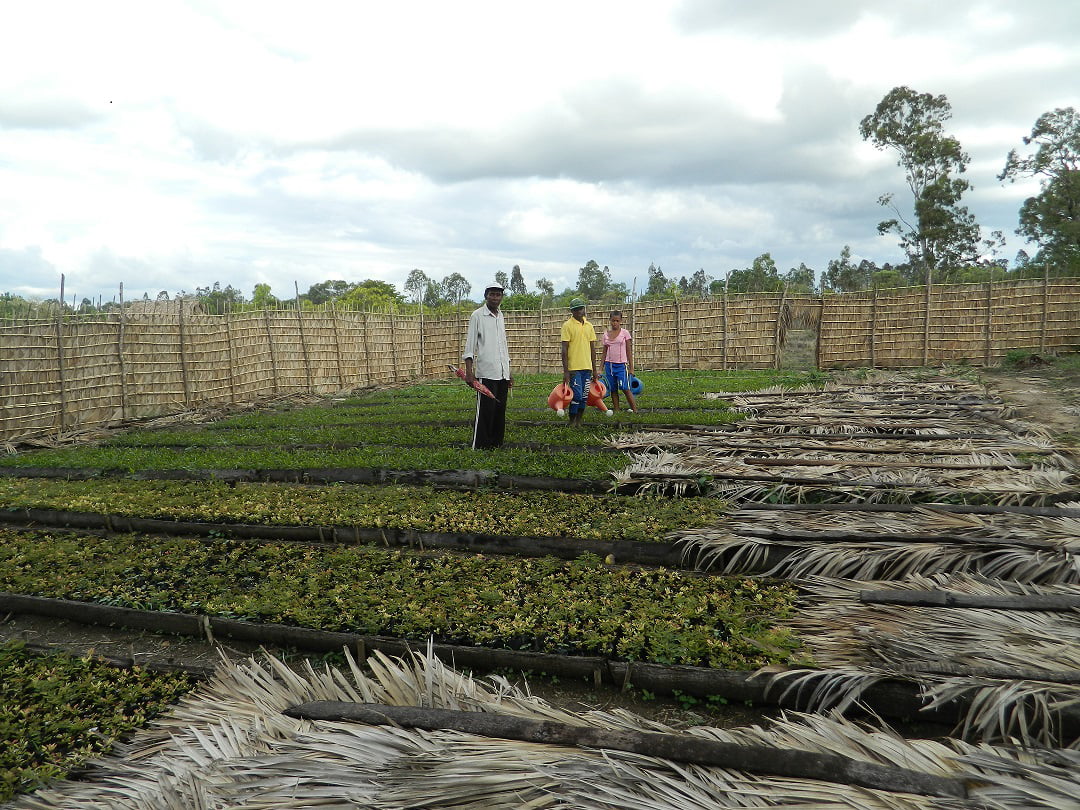

Financial support to the CMK protected area began in 2011. The total amount of grants to date is MGA 2,148,098,566. These funds cater for the implementation of conservation activities (patrolling and surveillance, ecological monitoring, establishment and maintenance of conservation infrastructure, etc.), development support activities (IGA, development of value chains, etc.), IEC and the payroll and operating costs of the Management Unit staff. Currently, since 2019, the state of conservation of natural habitats and conservation targets has become stable despite persistent fires and clearing of forest areas. Support for community development is also beginning to bring positive economic benefits to the beneficiaries. This is the case of the "handicraft" sector and intensive rice farming.